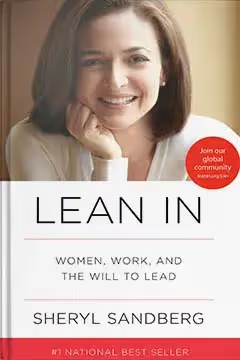Start at the End
Nudge meets Hooked in a practical approach to designing products and services that change behavior, from what we buy to how we work.
Deciding what to create at modern companies often looks like an episode of Mad Men: people throw ideas around until one sounds sexy enough to execute and then they scale it to everyone. The result? Companies overspend on marketing to drive engagement with products and services that people don't want and won't help them be happier and healthier.
Start at the End offers a new framework for design, grounded in behavioral science. Technology executive and behavioral scientist Matt Wallaert argues that the purpose of everything is behavior change. By starting with outcomes instead of processes, the most effective companies understand what people want to do and why they aren't already doing it, then build products and services to bridge the gap.
Wallaert is a behavioral psychologist who has led product design at organizations ranging from startups like Clover Health to industry leaders such as Microsoft. Whether dissecting the success behind Uber's ridesharing service or Flamin' Hot Cheetos, he underscores with clarity and humor how this approach can improve the way we work and live.
This is an essential roadmap for building products that matter--and changing behavior for the better.
That’s because, in general, better intervention design happens when you have as many potential insights as possible at the beginning of the process—a big, wide funnel of opportunities for behavior change that slowly gets narrower as we hone in on pressures we’re able to successfully design interventions around.






















































